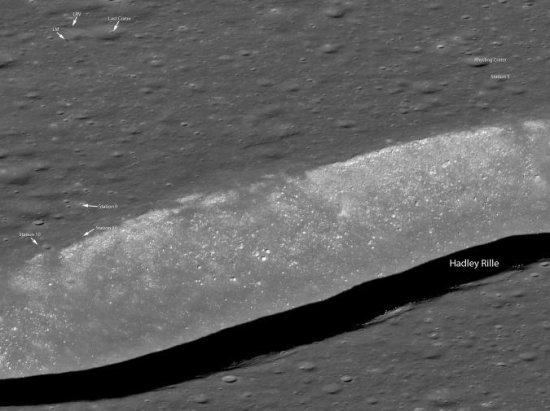Let’s be blunt: the federal government is broke. With deficits running in the billions per day, there simply is no spare cash for any program, no matter how important or necessary. Nothing is sacrosanct. Even a proposal to cure cancer should be carefully reviewed before it gets federal funding.
Everything has got to be on the table.
Thus, no one should have been surprised when word leaked two weeks ago that the Office of Management and Budget in the Obama administration was proposing cutting the entire unmanned planetary program at NASA, while simultaneously eviscerating the space agency’s astronomy program. No more missions to Mars. No probes to Europa or Titan. Further and longer delays before the James Webb Space Telescope is completed. And Kepler’s mission to find Earth Like planets orbiting other stars would end mid-mission.
The Obama administration has to find ways to trim the budget, and apparently it is considering eliminating these programs as a way to do it.
Yet, the money spent on space astronomy and planetary research is a pinprick. Considering that the federal government overspends its budget by approximately $3.5 billion per day, and the total amount of money spent on these two science programs equals about $2.4 billion per year, it seems senseless at first to focus on these kinds of cuts. Quite clearly, even eliminating them entirely will not put the federal budget into the black.
Now I am not one to say, “Cut the budget, but please leave my favorite programs alone!” I recognize the serious financial state of the nation, and realize that any budget suggestions I make must include significant total cuts to NASA’s budget.
As a space historian and science journalist who knows a great deal about NASA, however, I also know that there is plenty of room for cuts in NASA’s budget. By picking our priorities carefully at a time when our options are limited, NASA might even be able to accomplish more, not less, with a smaller budget.
Moreover, if I, as a space junky, think it is possible to continue NASA’s most important programs and still trim its budget by 15% to 20%, in real dollars, doesn’t that suggest that the same could be done across the entire federal government?
All it takes is a little knowledge, some common sense, and the courage to say no.
» Read more

